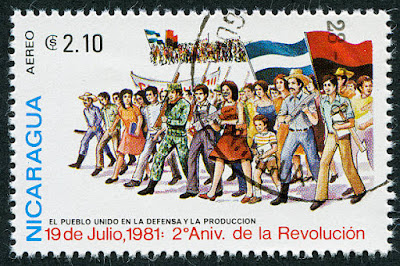Liberation Day in Nicaragua is celebrated on July 19th each year. This day commemorates the triumph of the Sandinista National Liberation Front (Frente Sandinista de Liberación Nacional, FSLN) over the regime of Anastasio Somoza Debayle in 1979, marking the end of the Nicaraguan Revolution.
Background
- Nicaraguan Revolution: The revolution was a prolonged struggle against the Somoza family's authoritarian rule, which had dominated Nicaragua for several decades. The Somoza dynasty was known for its oppressive governance, corruption, and human rights abuses.
- Sandinista National Liberation Front: The FSLN, named after Augusto César Sandino, a Nicaraguan revolutionary leader from the 1930s, was a leftist guerrilla movement that led the opposition against Somoza.
Key Events
- Final Offensive: The FSLN launched a decisive offensive in the late 1970s, gaining widespread support from the Nicaraguan population, including students, workers, and even elements within the military.
- July 17, 1979: Anastasio Somoza Debayle fled Nicaragua, leaving the country in a state of political upheaval.
- July 19, 1979: The Sandinista forces entered the capital city, Managua, marking the official overthrow of the Somoza regime and the victory of the revolution.
Celebration
- Commemorations: Liberation Day is celebrated with parades, cultural events, and speeches by political leaders, especially those from the FSLN. It is a day of national pride, reflecting on the struggle for freedom and social justice.
- Significance: The day holds significant historical and cultural importance, symbolizing the resilience and determination of the Nicaraguan people in their fight against tyranny.
Liberation Day remains a poignant reminder of the country's turbulent history and the ongoing impact of the Sandinista movement on Nicaraguan society and politics.




